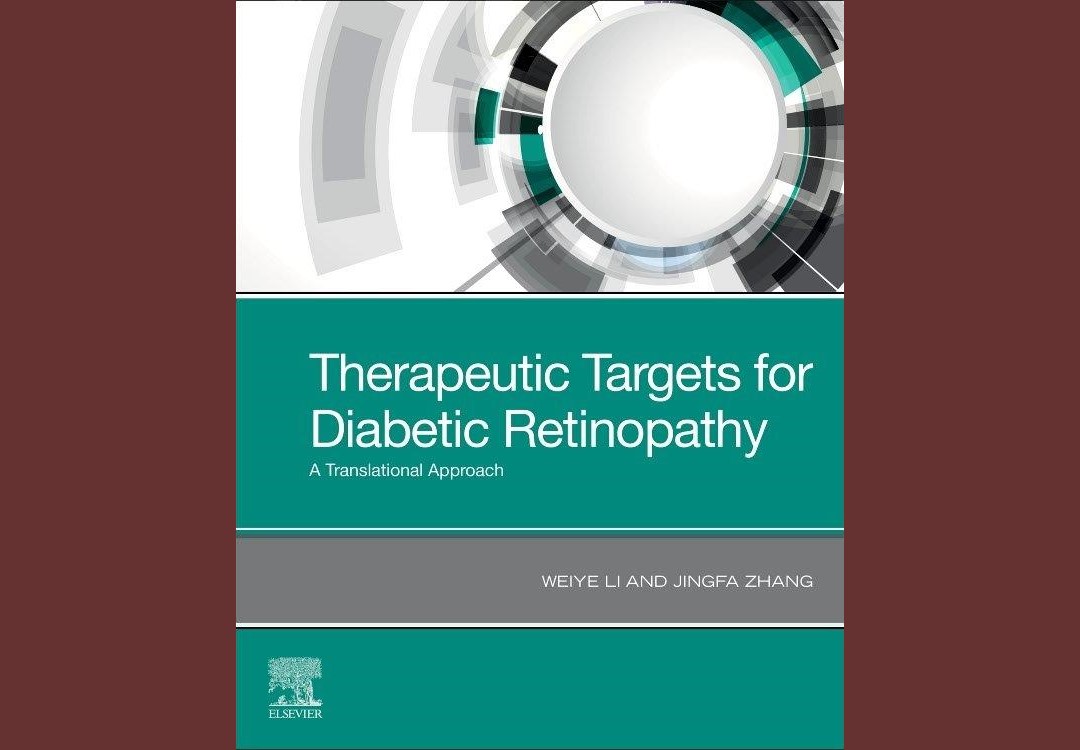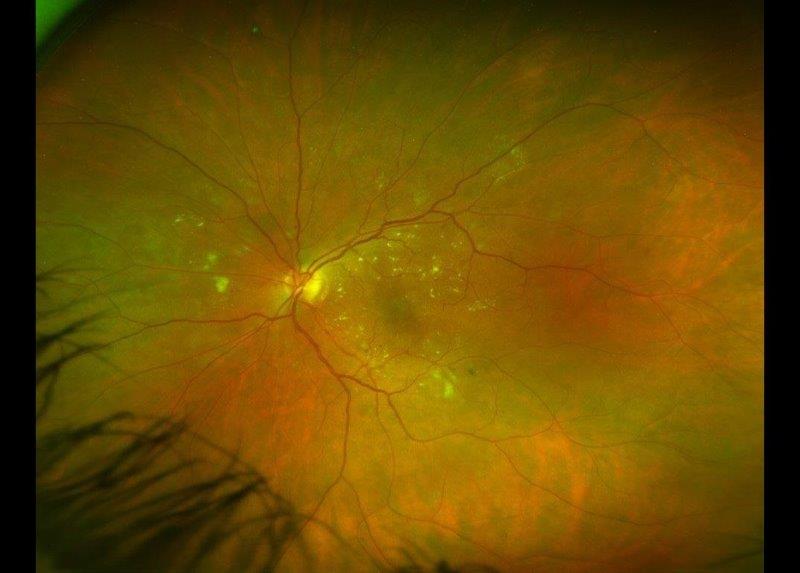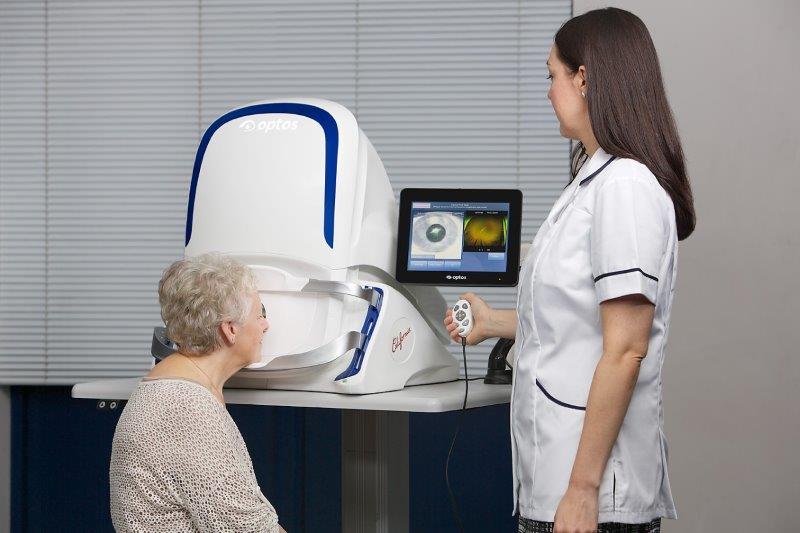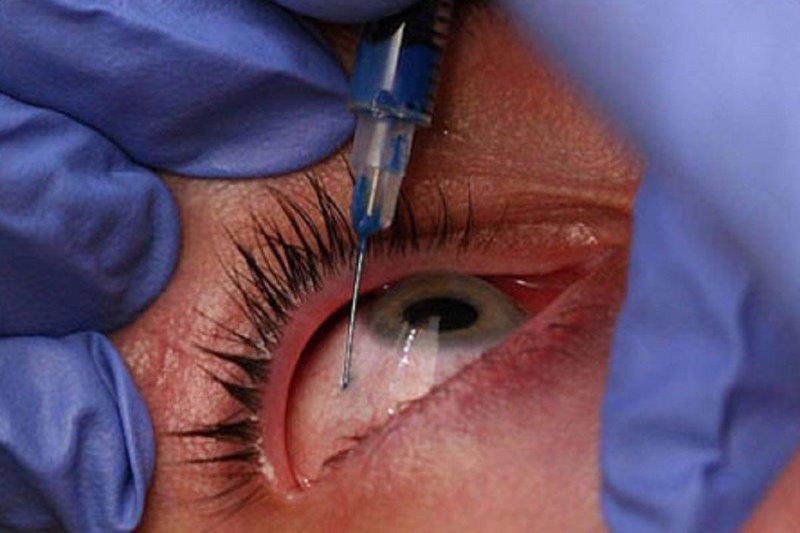Glaucoma: Confronting every angle
Glaucoma prevalence in New Zealand is increasing as our population ages, and the country’s public health system is bursting at the seams with the burden. Over the past two decades, various initiatives have evolved to try and tackle this problem head on, but are they making a difference?
Private practice: working in harmony
The optometry profession has progressed in recent years, with credentialling to become therapeutically qualified extended to include glaucoma medications and management. Today, around 90% of optometrists practicing in New Zealand are therapeutically qualified (TPA), but glaucoma prescribers make up less than 10%. Shared care between ophthalmology and optometry is an ideal platform for glaucoma suspects and patients with mild or stable disease. It can also be cost-effective for patients when they don’t meet the public system criteria but can’t afford to regularly see a private specialist.
Consensus from a number of optometrists in private practice around the country confirms each works to their own personal experience and confidence level. While some know they have the knowledge and equipment, they feel their experience is lacking when it comes to co-managing glaucoma patients. Others, however, are comfortable providing an initial diagnosis and treatment programme and then refer for follow-up with an ophthalmologist. Jacob Benefield, a TPA-endorsed optometrist practicing at Naylor Palmer Optometry in Palmerston North, said “I have not become a glaucoma-endorsed prescriber, since the slow progression of the disease and any delay between diagnosis and treatment privately (or publicly) is not significant.”
Glaucoma specialist, Dr Hussain Patel from Eye Surgery Associates and Greenlane Hospital in Auckland, is an advocate for shared care from his private practice. “It is definitely an option I provide for my patients that I consider suitable, particularly for glaucoma suspects where they can be monitored by their optometrist with an ophthalmologist providing oversight and review when necessary.”
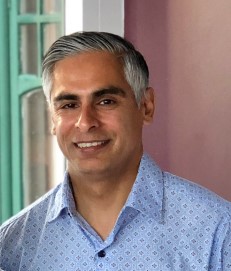
Dr Hussain Patel
DHB-led glaucoma clinics
However, public healthcare is another thing entirely, with glaucoma being just one of many eye diseases increasing pressure on the system. At Greenlane Hospital Eye Department, a nurse-led glaucoma screening clinic for new patients sees technicians test visual acuity, intraocular pressure, central corneal thickness and Humphrey visual field, run optical coherence tomography and take disc photos. The results are triaged by nurse practitioner Carol Slight. For some follow-up patients, tests will be repeated and results reviewed by the consultant at a later date. This screening system has been running for around five years and Slight said it has certainly reduced waiting times for many patients.
Alongside private practice, Benefield works a half day every week in the MidCentral DHB in a stable glaucoma clinic. “In this setting I use a shared-care model. It is an optometry-led clinic where I manage the patients and collaborate with an ophthalmologist if changes to treatment are required,” he said. The benefit of expanding the role of optometry to manage these public patients in many DHBs ultimately reduces the burden on ophthalmologist-led clinics, he said.
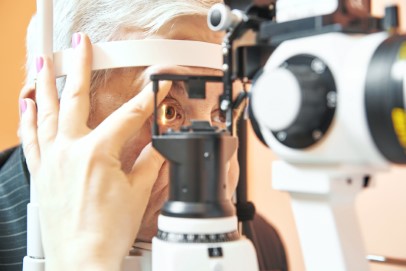
Accredited glaucoma clinics
Another initiative evolving to combat rising patient numbers in DHBs is optometry-led community clinics emerging around New Zealand.
In 2018, Warkworth optometrist Claire McDonald (together with several others) undertook ‘glaucoma credentialling’ to enable her to examine DHB patients independently through Auckland University. Credentialling involved supervision by Dr Patel for half-a-day a week over six months. McDonald said Dr Patel’s collaboration with Professor Charles McGhee, the university’s head of ophthalmology, was the driving force behind this initiative. “Dr Patel initiated overview forms, triaged hundreds of DHB patients and provided six months of practical training for many of us,” said McDonald.
Dr Alex Buller, an ophthalmologist at The Eye Surgery in Hastings and Hawkes Bay DHB, also initiated an optometry community clinic in 2017. In response to the ‘bad press’ for glaucoma referrals to New Zealand’s public health system, the Ministry of Health (MoH) made funding available to address the issue. Dr Buller used it to facilitate a glaucoma shared-care system between community optometrists and the local DHB, providing comprehensive guidelines for community optometrists in how to care for low-risk glaucoma patients, and publishing a paper on the success of the collaboration*.
“The idea was to provide optometrists with a level of autonomy while establishing strong links back into the hospital,” said Dr Buller, emphasising that a one-size-fits-all approach for community clinics isn’t always the answer. “All optometry-led community glaucoma clinics are reliant on many variables – geography, clinician skill-set, funding and more.”
Within the Auckland DHB, the community- and university-based glaucoma clinics run by optometrists have made a significant contribution towards managing our glaucoma burden, said Dr Patel, but they have reached capacity, with funding being the primary limitation for the initiative’s expansion.
Hadyn Treanor of South Auckland-based Frith & Laird Optometrists and vice president of the New Zealand Association of Optometrists (NZAO) contracts to Counties Manukau DHB to run a small community glaucoma clinic. He said such clinics have been slow to grow and there is still room to increase patient numbers there.
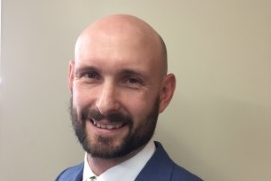
Hadyn Treanor
Education: a collective approach
Glaucoma New Zealand (GNZ), founded in September 2002, comprises a body of like-minded ophthalmologists and optometrists collaborating with the goals of enhancing public awareness, supporting glaucoma patients, educating eye health workers and supporting glaucoma research. Dr Hannah Kersten, a GNZ trustee, says patient advocacy and awareness are two of the organisation’s fundamental goals. Dr Kersten also recognises the need for optometric involvement in the public health system in New Zealand to deal with the burden, and public funding is imperative to achieve this, she said, with a standardised nationwide approach being important for accrediting optometrists.
GNZ general manager Pippa Martin said for each optometrist referral to GNZ there are four from ophthalmology. “Even if the optometrist isn't necessarily initiating treatment, it is valuable for the patient to be in touch with GNZ, so they can be well informed. When asked about community glaucoma clinics, Martin said, “Yes! We absolutely support the notion of these clinics. Current models of glaucoma management in Hawkes Bay, Auckland and Wellington show the value of ophthalmologists and optometrists co-managing glaucoma patients to improve health outcomes.”
A working group has been established with the Royal Australian and New Zealand College of Ophthalmologists (RANZCO), NZAO and GNZ to review current glaucoma management models around New Zealand. “From this we’ll be able to look at need, equity of health services, resourcing, accreditation and systems to deliver best practice nationwide,” said Martin.
GNZ also provides an online education platform for optometrists. Recently the programme has benefitted from virtual glaucoma case-review meetings, offering optometrists an opportunity to gain experience from their peers.
Where to from here?
Aotearoa New Zealand’s health system is changing. Its reform means Health New Zealand will operate as a single entity, aiming to provide consistent, high-quality health services for all people, effective from 1 July 2022. A new Māori Health Authority will work alongside Health NZ to specifically improve services and achieve more equitable health outcomes for Māori.
“Of particular interest to the optometry community are the issues raised in the 2019 Health and Disability System review, where it was found that, ‘There is reasonable consensus around strategies in many parts of the system but little evidence of consistent implementation’,” said Treanor. This is evident in the various approaches to diabetic photo-screening and glaucoma co-management currently in practice around the country.
The NZAO council met with Dr Martin Chadwick, chief allied health professions officer, MoH, in December 2021 to discuss his role as the conduit between allied health professions and the MoH. Dr Chadwick indicated optometrists have the opportunity to present their case as a well-placed profession to deliver service within the community to areas in need. As part of this, it is hoped the health reforms will provide standardised accreditation for optometry community clinics managing glaucoma and other eye diseases. Consultation with key working groups in its first 12 months is necessary to establish a standardised nation-wide strategy. This will be supported by a seamless cloud-based IT platform (Hira) allowing access to DHB records to facilitate a uniform approach.
“NZAO sees this as a big opportunity for optometry to work alongside tertiary eyecare to improve health outcomes,” said Treanor. “NZAO plans to be involved in these discussions directly and through its involvement in Eye Health Aotearoa and the Ministry of Health.”
All eyes are now on what will follow July’s shake-up.
* https://www.ncbi.nlm.nih.gov/pmc/articles/PMC7800710/
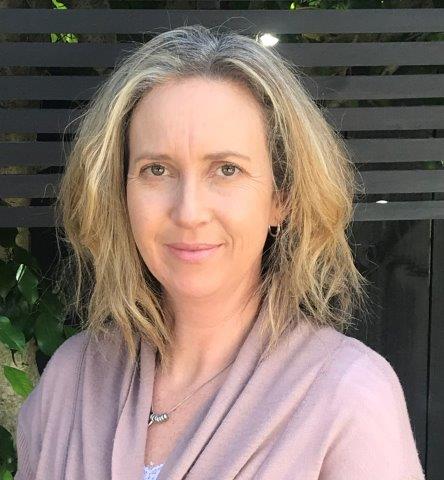
Louise Wood is a therapeutically qualified optometrist working at City Eye Specialists in Auckland, New Zealand, and is a regular contributor to NZ Optics.











